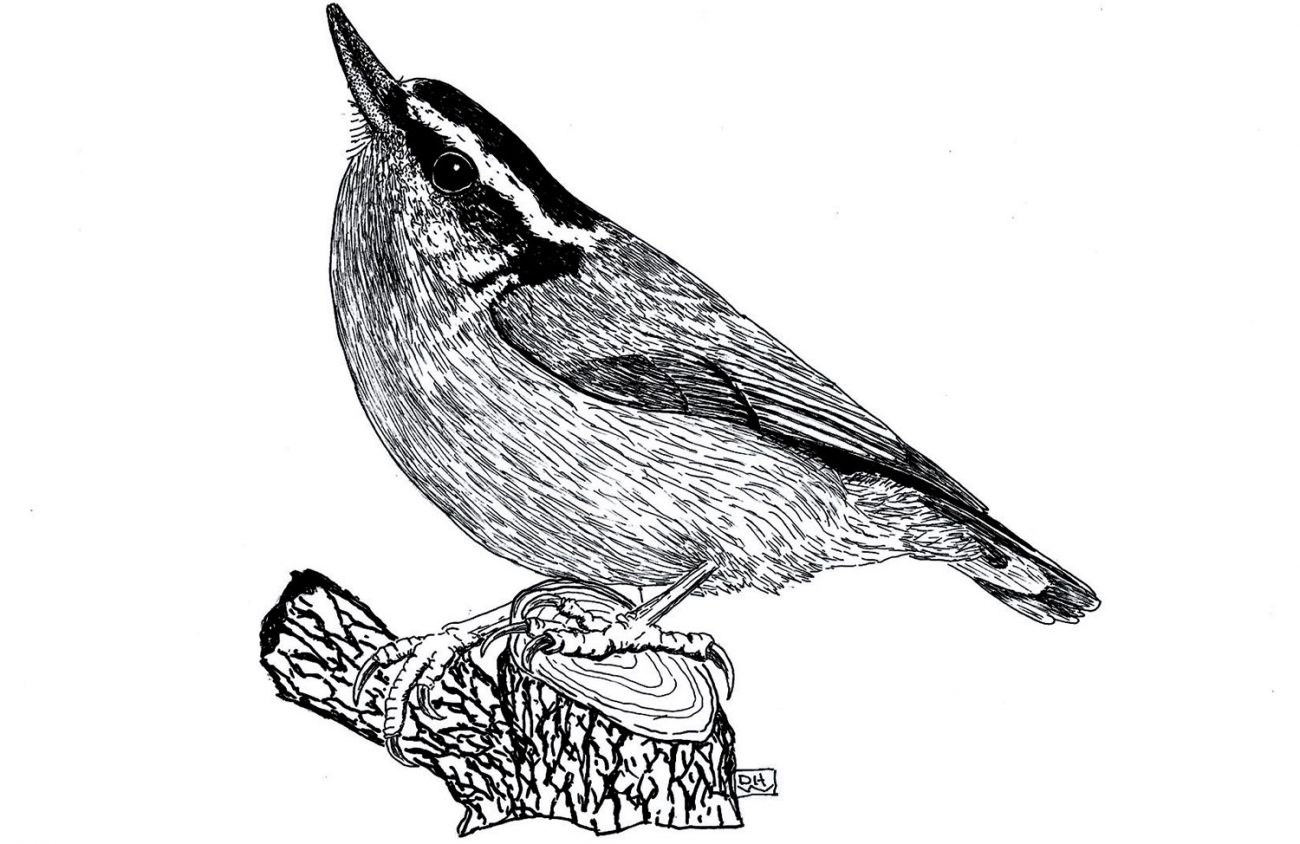People who enjoy living in the Pacific Northwest perk up when the rains begin. Now that drought conditions are increasing every year, the return of the rains is more welcome than ever. The occasional dry day in winter makes walking in woodlands and forests invigorating, as we watch green plants awakening from summer slumber. Many of the native herbaceous perennials, invisible most of the summer, begin pushing their first young leaves out of the ground by Thanksgiving Day. These are the ones that start flowering early in spring.
Greening of mosses on trees, rocks and dry hillsides is particularly dramatic. Mosses are alive when dry, just dormant. Their response to rain is instantaneous, ready to begin their active growing season. Licorice ferns keep mosses company.
Bird watchers who walk by rivers and ponds are treated with the sojourn of migratory waterfowl. This is the time of year to learn the difference between dabbling ducks and diving ducks, the coots from the grebes. You will encounter others with binoculars and cameras with really long lenses on morning walks along Delta Ponds paths.
Gardeners at home who have been using battery-powered hose timers need to put them inside for the winter. A hard freeze will ruin their valve mechanism if they have water in them. Drain and roll up hoses.
Be diligent in keeping bird feeders clean. The damp, rainy weather means they are more prone to being clogged by mold growing in them and promote spread of diseases like salmonella.
David Wagner is a botanist who has worked in Eugene for more than 40 years. He teaches moss classes, leads nature walks and publishes the Oregon Nature Calendar. The 2022 calendar is now available at Down to Earth Home and Garden store in Eugene. Wagner may be contacted directly at fernzenmosses@me.com.
